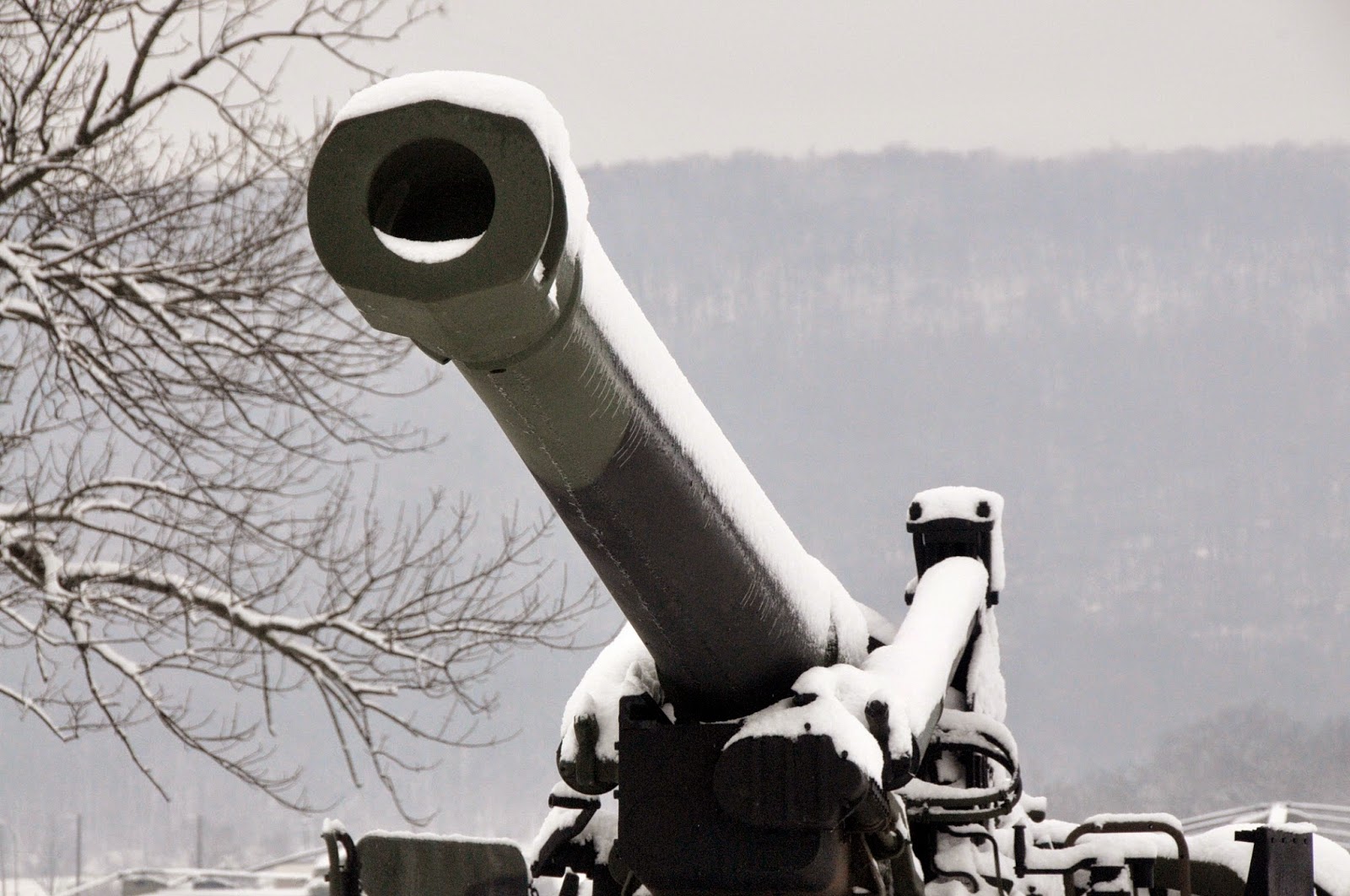I am reading a book about the careers of the of the most well-known generals of World War II. All of them were decorated young officers in World War I. They made the army their career, serving in diminished armies until the late 1930s when war put all three in command of great armies.
Rommel is known as the Desert Fox, really his worst performance as a commander, and for joining the failed plot to assassinate Hitler after in 1944. But he was for Hitler before he turned against him. His path to making peace with Hitler has chilling parallels with today.
From the book:
In 1932, the Nazi Party's achievement in becoming the largest party in the Reichstag was not greeted with concern by the Army Officer Corps, but with hope. Although I do not like their methods, wrote Oberst Karl Kuhn of the General Staff in his diary in November 1932, most of my acquaintances see developments as good for Germany and good for the army.
Most of the soldiers seemed to agree, although most seem more concerned with the implications for their pay and accommodation. The officer corps had reservations about the Nazi Party and its leadership, the tub-thumping rhetoric of Adolf Hitler feeding widespread distrust of the former First World War corporal, but many were willing to see what the Nazis could come up with to solve chronic German problems.
Berlin based Oberstleutnant Paul Uckleman wrote in his journal that he thought Hitler is no gentleman and described his colleagues as brutes, thugs, and men on the make, using vile tactics and supporting questionable policies. Nevertheless, Uckleman also wrote that perhaps Hitler is the man to destroy the Communists and help revive Germany and the army.
It was a view that seems to have reflected Erwin Rommel's own thinking about the Nazis. Hitler and his party were distasteful, but they were better than the alternatives in their offer of an enticing vision to end internal crises, bolster the economy and provide a muscular nationalism that would break the Versailles Treaty shackles reinvigorate the armed forces and redraw Germany's borders. As Rommel’s biographer Ralf Georg Reuth has argued, the most influential part of the army hoped that Hitler would become vanquisher of the discord that had traumatized German society since 1918.















































